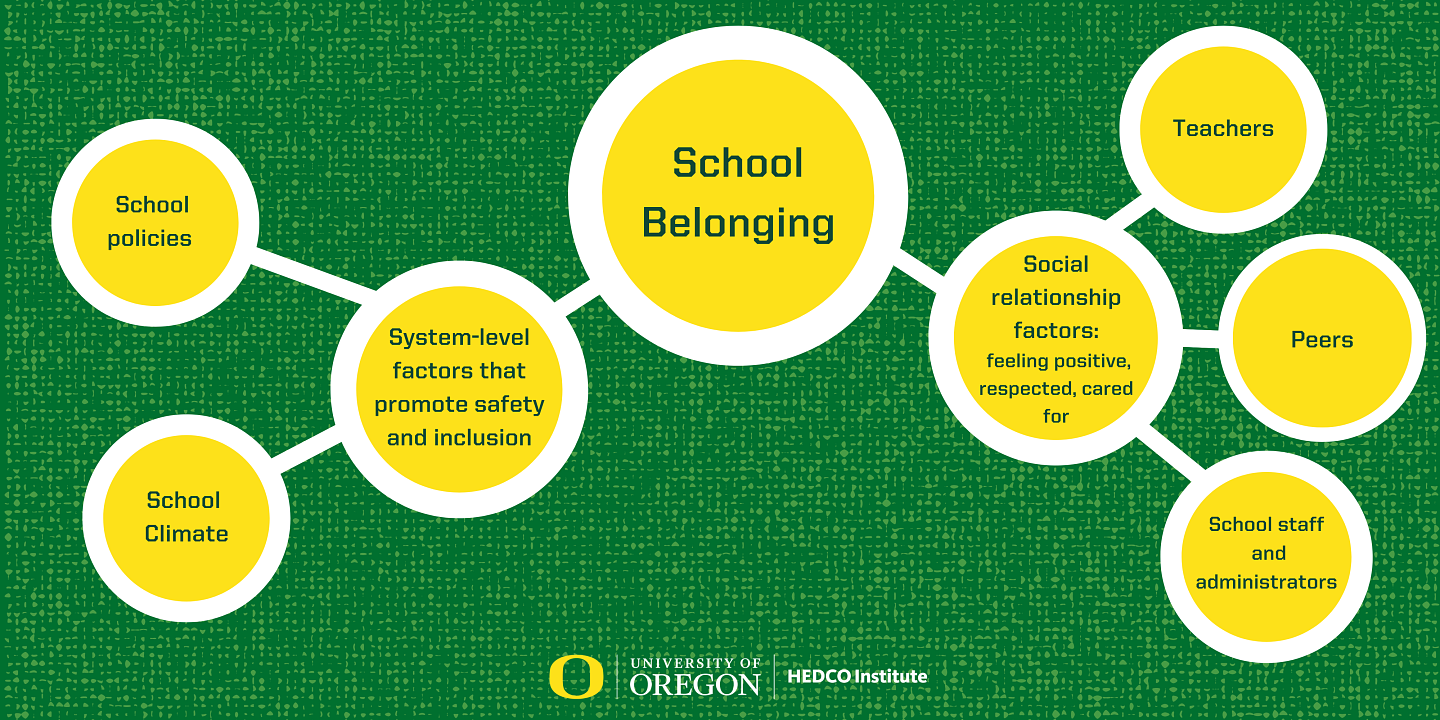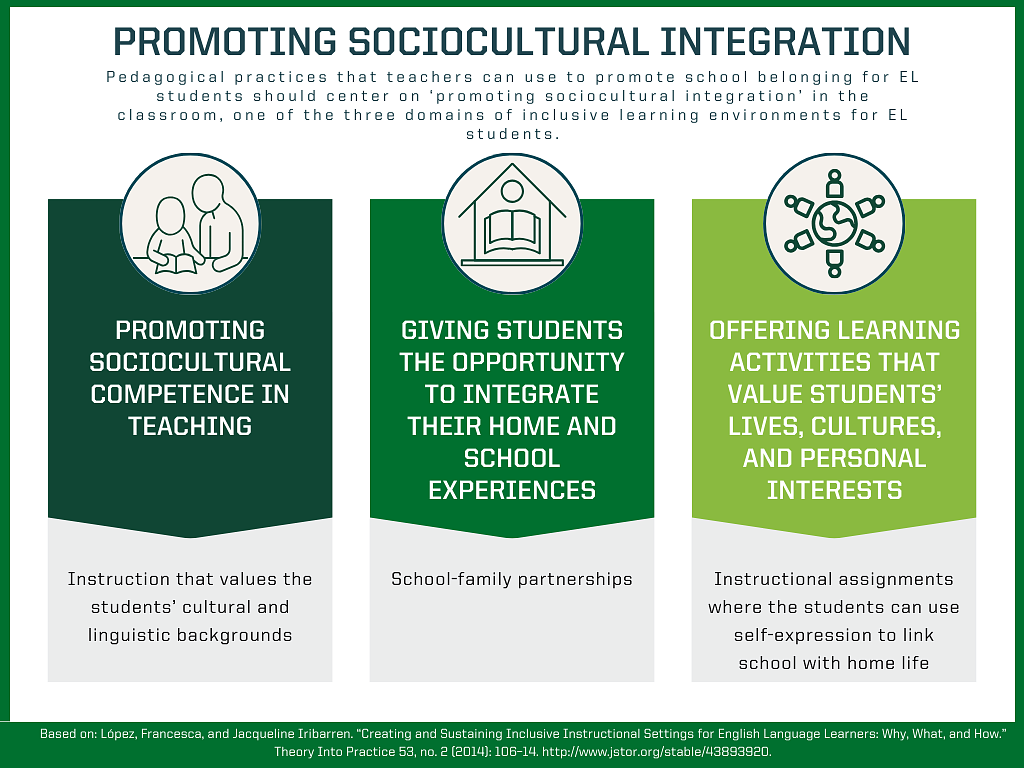By Maria Schweer-Collins, PhD, Research Assistant Professor, HEDCO Institute for Evidence-Based Educational Practice
5 million U.S. K-12 students are English learners
According to the National Center for Education Statistics, approximately 48 million K-12 students are enrolled in elementary and secondary schools in the United States, and 5 million of these students – a little over 10% - are English learners (ELs). ELs are defined in the Elementary and Secondary Education Act (ESSA, reauthorized 2015) as:
students who bring valuable cultural and linguistic assets to their education and who experience difficulty in speaking, reading, writing, or understanding the English language such that educational systems and policies in the U.S. may deny them the ability to: meet academic standards, meet academic achievement milestones in classrooms using English language instruction or may further impede their ability to fully participate in the life in or outside of school (Title IV, §4002)
EL students experience disparities in academic achievement and educational opportunities
Even as the proportion of EL students continues to increase, data show persistent disparities in academic achievement and educational opportunities between EL students and their non-EL peers. What’s more, research shows that these disparities have been largely stagnant over the past decade (National Center for Education Statistics, 2019). Despite many schools making efforts to support EL students, disparities remain. School policies and practices that ensure the success and well-being of EL students are therefore critical.
Why school belonging is essential for EL students
School belonging can play a vital role in supporting EL students. Last June, we discussed the topic of school belonging and connectedness on the HEDCO blog. School belonging, sometimes called school connectedness, is a broad concept that covers important systems-level factors like school policies and school climate, along with person-level factors such as relationships among students, teachers, peers, and school staff and administrators.

Research shows numerous benefits of school belonging on a range of student academic and health outcomes. For example, school belonging has been linked to greater academic achievement, and lower substance use and better mental health among students. This research has also suggested that school belonging may have a greater protective benefit on mental health outcomes among students of color.
Although these research studies didn’t examine ELs as a specific subgroup who may uniquely benefit from school belonging, a significant number of EL students are also racial and ethnic minority students, so it makes sense why improving school belonging may hold unique promise for addressing the disparities in academic outcomes experienced by EL students. As with all types of students, EL students’ outcomes and engagement with school are influenced by a wide range of factors, including the context and relationships that are fostered in the school environment – school belonging.
Strategies to increase school belonging for EL students
Now, for the million-dollar question – how can schools and educators promote school belonging for EL students?
Well, the good news is that school leaders can play a pivotal role in ensuring inclusive environments for EL students promote a sense of belonging. Given the power they hold for promoting the integration of EL supports, school leaders can ensure district- and school-level policies and pedagogical practices integrate and do not further marginalize EL students. One policy (of many) that may be particularly salient for EL school belonging includes the use of bilingual or dual-immersion programs.
Pedagogical practices that teachers might use to promote school belonging for EL students should center on ‘promoting sociocultural integration’ in the classroom, one of the three domains of inclusive learning environments for EL students. Specific strategies for promoting sociocultural integration, as outlined by López & Iribarren in their 2014 article, include: promoting sociocultural competence in teaching (e.g., instruction that values the student’s cultural andlinguistic background), giving students the opportunity to integrate their home and school experiences (e.g., school-family partnerships), and through the use of learning activities that value students’ lives, cultures, and personal interests (e.g., an instructional assignment where the student can use self-expression to link school with home life).

More research is needed on programs designed to promote EL student belonging
We searched the literature for programs and policies to promote school belonging specifically for EL students. In the process, we observed that researchers more often assess race and ethnicity or culture but stop short of understanding how the intersectionality of race and ethnicity together with EL student status (and other important factors such immigration status or acculturation) might affect EL students’ sense of belonging in the classroom and school environment. We urge researchers in this space to capture the distinct experiences of EL students in future studies to address this critical gap.
Additional resources for promoting school belonging in your school community
- If you are interested in reading more about other school belonging-focused interventions, you can access a full list of evidence-based programs and practices in this systematic review by Allen and colleagues.
- You can also check out the links to additional school-belonging toolkits and resources in our blog post on strategies for fostering school belonging.
For an excellent, recent review on policy and research recommendation for EL students, check out this article led by Joseph Robinson-Cimpian and co-authored by University of Oregon and HEDCO Institute advising faculty Ilana Umansky, who we will hear from next month.
HEDCO Institute Blog 10- March 28, 2024

